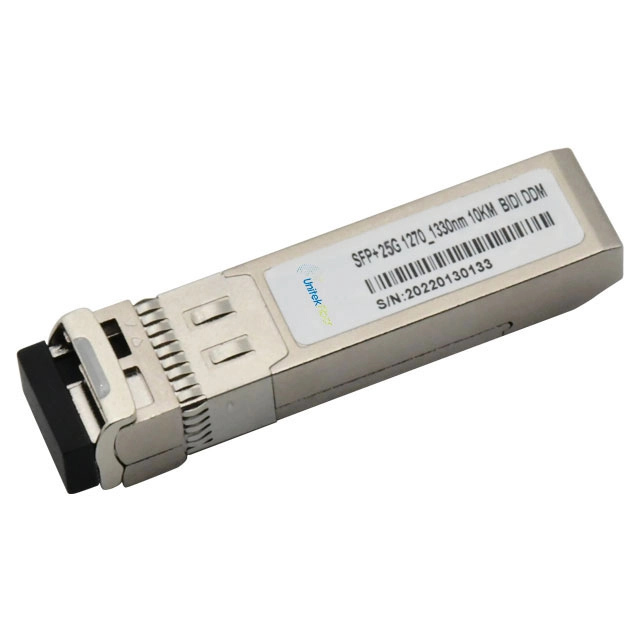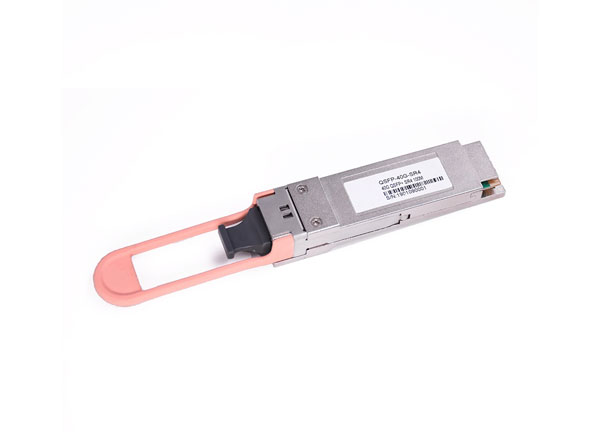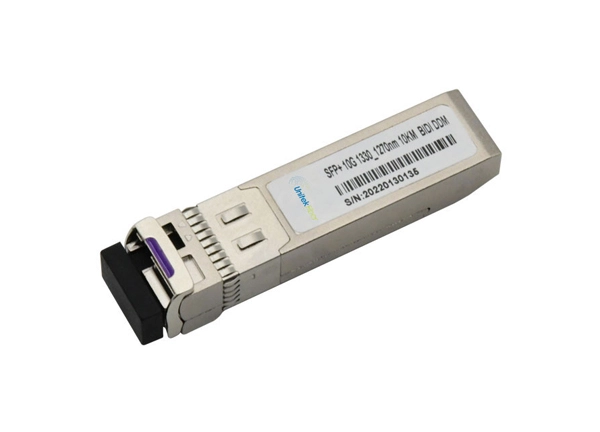
SFP optical transceivers, known for their compact form factor, hot-swappable design, high data rates, and multi-protocol support, are widely used in data centers, 5G networks, high-definition video transmission, industrial control systems, and other fields. Below is a detailed overview of their core application scenarios:
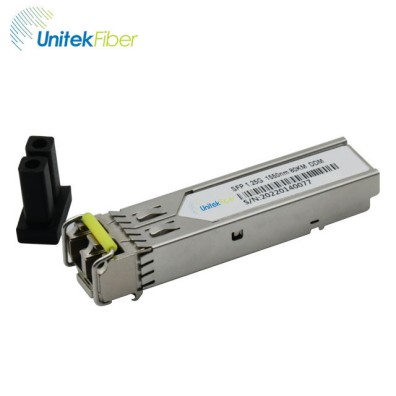
10 Gigabit Access: SFP+ modules (10Gbps) serve as the standard configuration for connecting servers to switches in data centers, enabling high-density port deployment to meet high-bandwidth demands such as virtual machine migration and storage access.
25G/100G Upgrades: SFP28 modules (25 Gbps) are progressively replacing SFP+ module as the mainstream interface for next-generation server-to-ToR switch connections. In some scenarios, QSFP-DD to SFP28 breakout solutions are implemented to achieve 100G access, thereby reducing per-bit costs.
AI Training Clusters: 400G DR4 modules (single-wavelength 100G PAM4) quadruple the communication bandwidth between GPUs, cutting ResNet-50 model training time by 60% and supporting large-scale distributed training.
High-Performance Computing (HPC): 800G OSFP modules (single-wavelength 200G PAM4) facilitate microsecond-level latency communication between supercomputing nodes, meeting the requirements of computation-intensive tasks such as climate modeling and molecular dynamics simulations.
Fibre Channel (FC): SFP transceivers support 8G/16G FC protocols, connecting storage arrays to servers to deliver low-latency, highly reliable block-level data transmission. This is critical for applications in financial trading, medical imaging, and other mission-critical operations.

25G Gray Optics: Supporting CPRI/eCPRI protocols with latency <5μs, these optical transceivers meet the stringent synchronization requirements between AAUs (Active Antenna Units) and DUs (Distributed Units) in 5G base stations. A single module can handle the traffic load of one AAU.
Semi-Active Fronthaul: Utilizes tunable optical transceivers for automatic wavelength allocation, simplifying fiber resource management and reducing Operational Expenditure (OPEX).
100G ZR Coherent Modules: Based on DP-QPSK modulation, these fiber optic transceivers achieve up to 80km unrepeatered transmission, replacing traditional OTN equipment. This reduces Total Cost of Ownership (TCO) by 40% and is ideal for metro aggregation layer applications.
400G OpenZR+: Supporting transmission distances up to 400 km, this solution meets the requirements of provincial backbone networks and drives the evolution of 5G toward B5G (Beyond 5G).
100G LR4 Modules: Utilizing single-wavelength 25G PAM4 technology, these optical transceivers can carry two channels of 8K RAW video (each requiring 48Gbps bandwidth) with end-to-end latency <1ms, they support real-time production for scenarios like live sports events and concerts.
DWDM Dense Wavelength Division Multiplexing: By leveraging CWDM/DWDM technology, multiple 8K signals can be transmitted over a single fiber, significantly reducing fiber deployment costs.
10G SFP+ Modules: Facilitate real-time cloud rendering of 4K/120fps unedited footage, increasing efficiency by sevenfold and meeting the demands of remote collaboration for film/TV post-production and game development.
Low-Latency Design: Optimized fiber optical transceiver packaging and signal processing algorithms ensure that task distribution and result feedback latency remain below 10 ms.
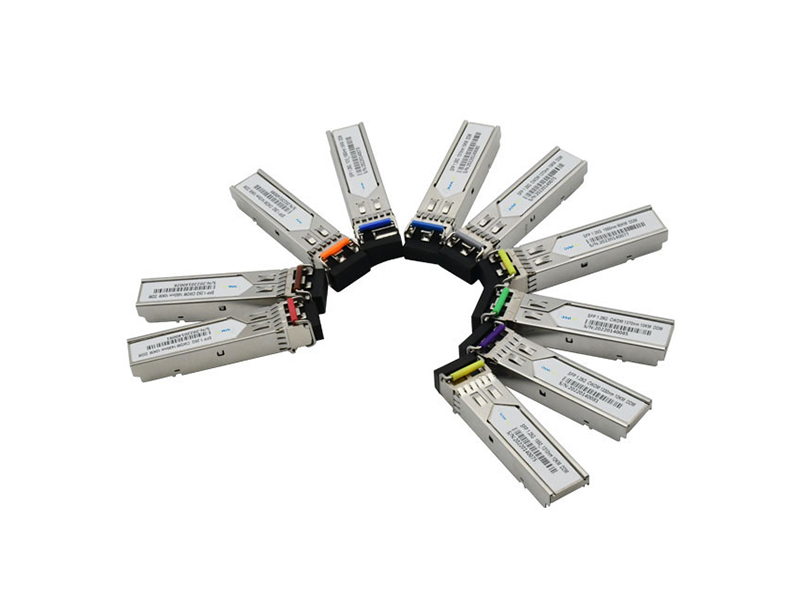
Extended-Temperature Modules: Featuring graphene heat sinks and micro-channel packaging technology, these 400G fiber optic transceivers elevate the maximum operating temperature to 85°C, ensuring compatibility with high-temperature industrial settings.
Electromagnetic Interference Resistance: Certified for EMC compliance, the optical transceivers maintain stable performance in environments with strong electromagnetic fields, such as substations and rail transit systems.
Time Synchronization: Supporting the IEEE 1588v2 protocol, the fiber optic transceivers enable nanosecond-level synchronization among substation devices, ensuring accuracy of critical applications for differential protection and phasor measurement unit (PMU).
Long-Distance Transmission: Single-mode SFP transceivers support transmission distances up to 40 km, suitable for power line monitoring, distribution automation, and other long-range communication scenarios.
10G SFP+ Stacking: Utilizes SFP+ direct attach cables or stacking modules to achieve 40G/100G bandwidth expansion between enterprise core switches, supporting cloud computing, big data analytics, and other services.
Hybrid Multimode and Single-Mode Deployment: Depending on building distance, multimode optical transceivers (up to 550 m) or single-mode optical transceivers (up to 10 km) can be selected to achieve the optimal balance between cost and performance.
Wi-Fi 6/7 Backhaul: SFP28 modules support 25G uplinks, meeting the bandwidth requirements of high-density Wi-Fi Access Points (APs) and enhancing user access experience.
PoE++ Power Supply: Certain SFP transceivers integrate PoE++ functionality, providing remote power for outdoor APs and simplifying overall network deployment.
UnitekFiber has got you covered with a comprehensive selection of original quality fiber transceivers for Gigabit Ethernet and Fibre Channel applications. For any inquiries or further information, please don't hesitate to reach out to us.

